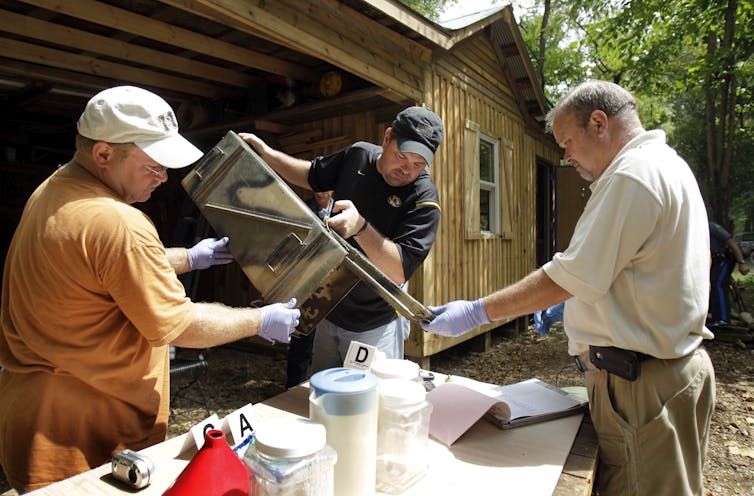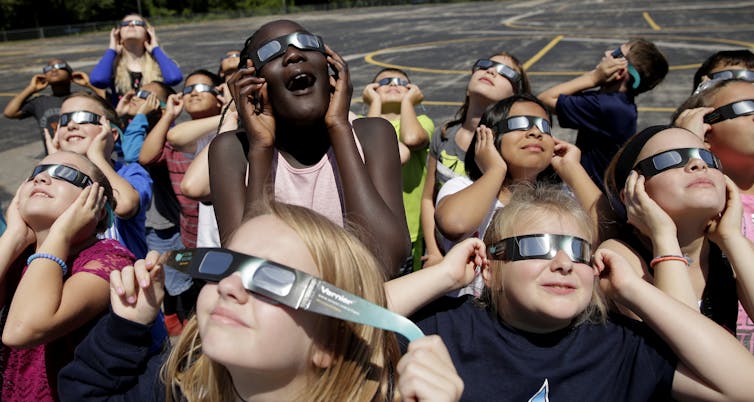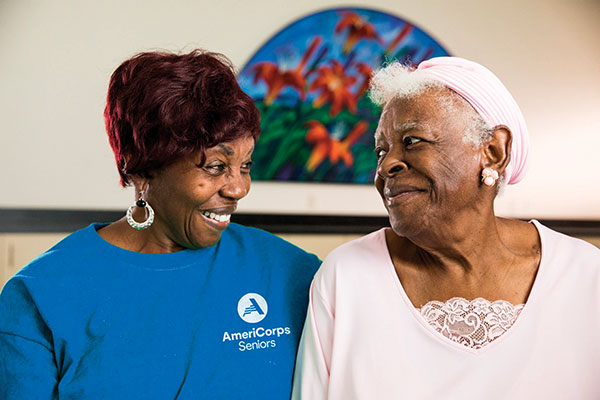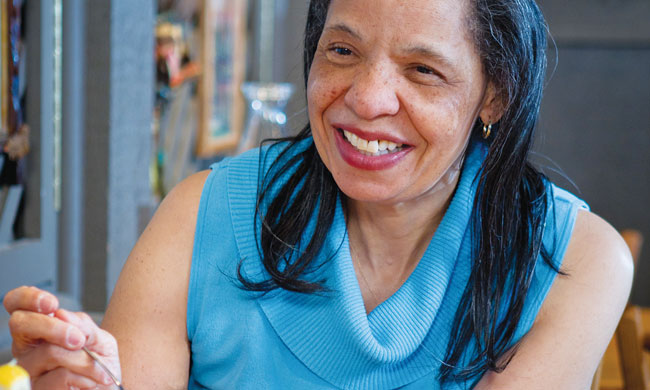by Daniel B. Griffith, J.D., SPHR, SHRM-SCP

As a workplace mediator, I am astounded by the many times I've helped employees work through their conflicts simply by having them reassess their methods of communicating. Conflict often escalates because individuals rely on technology -- texts and emails -- to communicate rather than honestly talk face to face. For example:
- A department chair and office manager rarely meet in person. The chair exercises his faculty privilege to work from home and the manager feels blamed for not addressing student and faculty needs, mostly because she can't get clarity through email from the chair about how to respond.
- Initial emails in a long email stream between two faculty are seemingly innocuous but escalate over many weeks to barbed comments, sarcasm, innuendo, accusations, half-truths, and SHOUTING. They have never spoken directly with one another about their concerns.
- Two students pull out their phones and trace the series of text exchanges between them, quickly realizing their frequent use of abbreviations, emojis, and curt replies, and overlooked texts within the stream led to significant misunderstandings and unfounded judgments and assumptions each made of the other.
My job as mediator is to help individuals unpack the causes of their conflict and see for themselves where their differences lie, but it is tempting in cases like these simply to say, "stop it!" The answer seems obvious but is evidently more difficult for many who have come to rely on their devices to communicate to the point they avoid, fear, or forget to communicate in person or have lost or never developed the skills for doing so.
If this is you, or fear it may be, consider these suggestions for evaluating your technology use and extricating yourself from the confusion to improve your relationships and conflict resolution skills:
Get clear on your reasons for relying on e-communication when dealing with conflict. Conflict resolution starts with identifying root causes. With respect to technology misuse, causes for users' misdeeds and misunderstandings that foment conflict include:
- Cowardice. Hiding behind the keypad to send out missives, barbs, strident comments, and other conflict-enhancing messages due to a lack of courage, fortitude, or integrity to face others in person.
- Fear. Avoiding face-to-face interaction due to either genuine or unfounded fear of confrontation, thereby finding safety in perpetuating the conflict behind the keypad.
- Laziness or busyness. While we know we could talk over the cubicle or knock on a colleague's door (or do so virtually through a video meeting), we don't do so, either from inertia or by blaming our busy schedule. It is simply easier to stay behind the keypad.
- Ignorance. Some individuals lack awareness of how their written exchange may come across as curt, dismissive, unclear, or harsh. Others may simply not know, or were never taught, that in-person exchange is the best option for addressing conflicts and more serious conversations.
- Lack of skills. Some may recognize the need for face-to-face interaction but feel awkward, tongue-tied, and unskilled, feeling more comfortable behind the keypad. They will continue in this mode if they lack the means to develop skills or to ask for help.
- Norms. When e-communication is the default within your organization, or among your community, age group, or friends, the thought of a different means for more important conversation never crosses your mind.
Change your mindset and manner of communicating. As conflict escalates, we experience diminishing returns in our ability to meaningfully communicate and resolve issues with colleagues. As this occurs and you get an inkling that your electronic foibles may be a contributing cause, it's time to wake up to the need for a different approach to your communication exchange.
These inklings may arise, among other means, if you sense your common use of abbreviations and emojis are being misinterpreted or causing offense, your written explanations become lengthier in response to a colleague's baseless accusations, you've lost track of the stream and wonder where the misunderstanding first arose, or you discontinue communication altogether -- electronic or otherwise -- because it has become exhausting and demoralizing to attempt further communication.
The first response to this dilemma is simple (physically, if not emotionally): take your fingers off the keypad. The next step is perhaps more challenging, particularly if you are accustomed to hiding behind the keypad: find a way to initiate face-to-face communication to address your conflict. This probably means walking down the hall to talk with your colleague (or to do the virtual equivalent by requesting a video meeting).
If this is too difficult to initiate cold, or your colleague is as or more skilled as you in hiding behind electronic walls, begin with a polite email, such as, "I think it would be best at this point to talk this through than to continue through email. Could we meet soon?" If your colleague continues to attempt electronic "conversation," you may need to be more direct: "I've requested previously that we meet to discuss this. I will not continue to respond to this concern through email. Would Tuesday at 3:00 or Wednesday at 9:00 be a better time to meet?"
The point is to back away from e-communication, minimize or discontinue e-responses until you can meet in person, and transition discussion on issues causing conflict to in-person exchange.
Don't get pulled into others' misuse of technology. Truly recalcitrant colleagues relying on electronic forms may disregard your message and continue their methods. In any conflict, someone must be the first to break the cycle. Don't give in and return to your old ways simply because the other person hasn't responded as requested. To the extent business must continue through electronic means, keep it to business, provide information only as pertinent to move forward with business decisions, and remind the person of your standing request to meet in person on the matter of concern.
While your awkward radio silence may further jeopardize your relationship momentarily, leave an information void, and generate further misunderstandings and frustration (perhaps even escalating the other person's e-responses), realize the cost in time, energy, and loss of goodwill to continue or return to an unhealthy cycle, tempting as it may be to respond in kind.
Establish clear expectations about how you will communicate and the methods you will use. Whether correcting a dysfunctional relationship precipitated by poor e-communication or establishing a new relationship to avoid such problems, establish an understanding of how you will address the natural miscommunications and conflicts that arise and how e- vs. in-person communication will play a role. Consider informal norms or grounds rules covering situations where e-communication is appropriate and when transition to in-person is needed. Hint: e-communication for general business and information exchange; in-person when a deeper conversation is needed, or when matters initiated through e-communication require transition to in-person to ensure clarity. So armed, you now have a basis for disrupting e-communication to transition to in-person without surprising your colleague and begin a fluid, productive process for addressing concerns through face-to-face interaction.
This article is republished from HigherEdJobs® under a Creative Commons license.















 However, statistics show approximately half of U.S. adults lack companionship and feel socially disconnected, according to the U.S. Surgeon General’s Advisory on the Healing Effects of Social Connection and Community. In fact,
However, statistics show approximately half of U.S. adults lack companionship and feel socially disconnected, according to the U.S. Surgeon General’s Advisory on the Healing Effects of Social Connection and Community. In fact,  Ray Maestas felt unfulfilled post-retirement and began volunteering with the AmeriCorps Seniors Senior Companion Program. He was connected with Bob Finnerty, a man with blindness looking for assistance a few days each week. They quickly struck up a routine of errands, reading and conversation that’s since become a friendship they both cherish.
Ray Maestas felt unfulfilled post-retirement and began volunteering with the AmeriCorps Seniors Senior Companion Program. He was connected with Bob Finnerty, a man with blindness looking for assistance a few days each week. They quickly struck up a routine of errands, reading and conversation that’s since become a friendship they both cherish.

 Tending a garden may seem like a seasonal activity, but you can make it a year-round hobby. Researching and planning is a good way to carry your gardening enthusiasm into the cooler months and you can start seedlings indoors to extend your growing season. While you’re digging into this low-cost pastime, remember the results of your efforts, such as fresh fruits and veggies, can help cut your grocery costs, too.
Tending a garden may seem like a seasonal activity, but you can make it a year-round hobby. Researching and planning is a good way to carry your gardening enthusiasm into the cooler months and you can start seedlings indoors to extend your growing season. While you’re digging into this low-cost pastime, remember the results of your efforts, such as fresh fruits and veggies, can help cut your grocery costs, too.